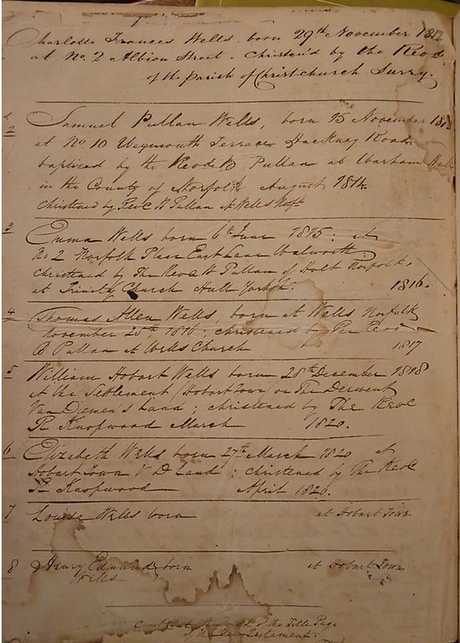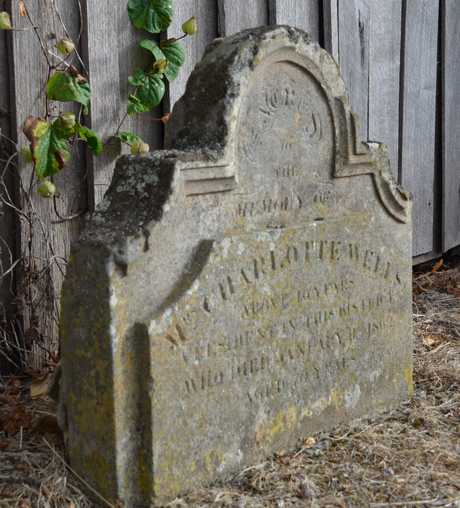Perri Cutten: A Timeless Legacy in Fashion
Remembering Perri Cutten: A trailblazing Australian fashion designer whose timeless elegance and...

 Search...
Search...
Thomas Wells could almost write his own success story. How a convict, charged with embezzlement made it into the good graces of the Tasmanian governor, became a wool speculator, went bankrupt and also became a published author.
On the world stage, the Napoleonic Wars had ended at the Battle of Waterloo and the defeat of Napoleon was complete, a month earlier to Thomas' crime. There was a need by the British government to reinforce the army after 12 years of fighting and this was done through the increase of taxes.

British families were in desperate misery due to the increased taxes and the increase in food prices. Unemployment was high and labour-saving machinery was putting many out of work. Thomas was lucky that he had a job to help clothe and feed his wife and four children. He worked for Abraham, William and Edward Driver. The Driver business was involved in surveying, land agents and auctioneers in Kent Road, Surrey.
Perhaps because he felt the sting of high taxes and price rises Thomas stole 181 pounds and 14 shillings from his employers and embezzled for his own benefit. He was caught and sentenced at the Old Bailey. He arrived in the colonies in 1817 and Charlotte, his wife and young family followed shortly afterwards on the female convict ship Friendship in 1818. Once settled the couple went on to have 11 more children.
The trip out to Van Diemen's Land on the Sir William Bensley to Sydney and then the Cochin to his final destination, must have been eventful for Thomas. These were the same ships delivering the new Lieutenant Governor, William Sorrell to Van Diemen's Land. Thomas would serve as Sorrell's clerk throughout his governorship.
In 1818 Thomas received a conditional pardon and 65 acres at New Town which he continued to add to. He received his full pardon in 1821. Thomas started breeding merinos on his property Allanvale and speculated in wool. This, however, turned into a fruitless exercise and by 1824 he had gone bankrupt. He ended up in debtors prison for a number of years but managed to get back on his feet by practicing as an accountant and paying back his creditors.
While Sorrell was governor of Van Diemen's Land, one of his biggest issues were the number of bushrangers scouring the wilds. The worst of these was a Yorkshire man named Michael Howe, who had been a headache for Sorrell's predecessor, Lt Governor Davey.

In 1817 when Sorrell took up his position, Howe had been caught and gaoled. A year later, after escaping into the bush, he was killed by two white men, Worrall and Pugh. His name may have been buried in the musty pages of official documents and archives if not for the book that Thomas wrote entitled 'The Last and Worst of the Bush Rangers of Van Diemen's Land'.
The book had been published in 1818 by Andrew Bent, an ex-convict who had become editor and proprietor of the Hobart Town Gazette. It sold out by the middle of that year and was republished, but very few copies of the publications are left. In 1926 a journalist from The World News received the original manuscript from Thomas' grandson written in beautiful copper-plate and bound for publication in book form. The book was then published by Angus & Robertson and the work was attributed to Thomas.
No headstone of Thomas' burial place seems to exist anymore, but there is a record of his wife Charlotte's headstone at New Norfolk cemetery after she died in 1862, from a newspaper article in 1910 where it's recorded she was "a resident of this district above 40 years".

Originally published on Tales From The Grave Uncovering family history from down under By Samantha Elley
References